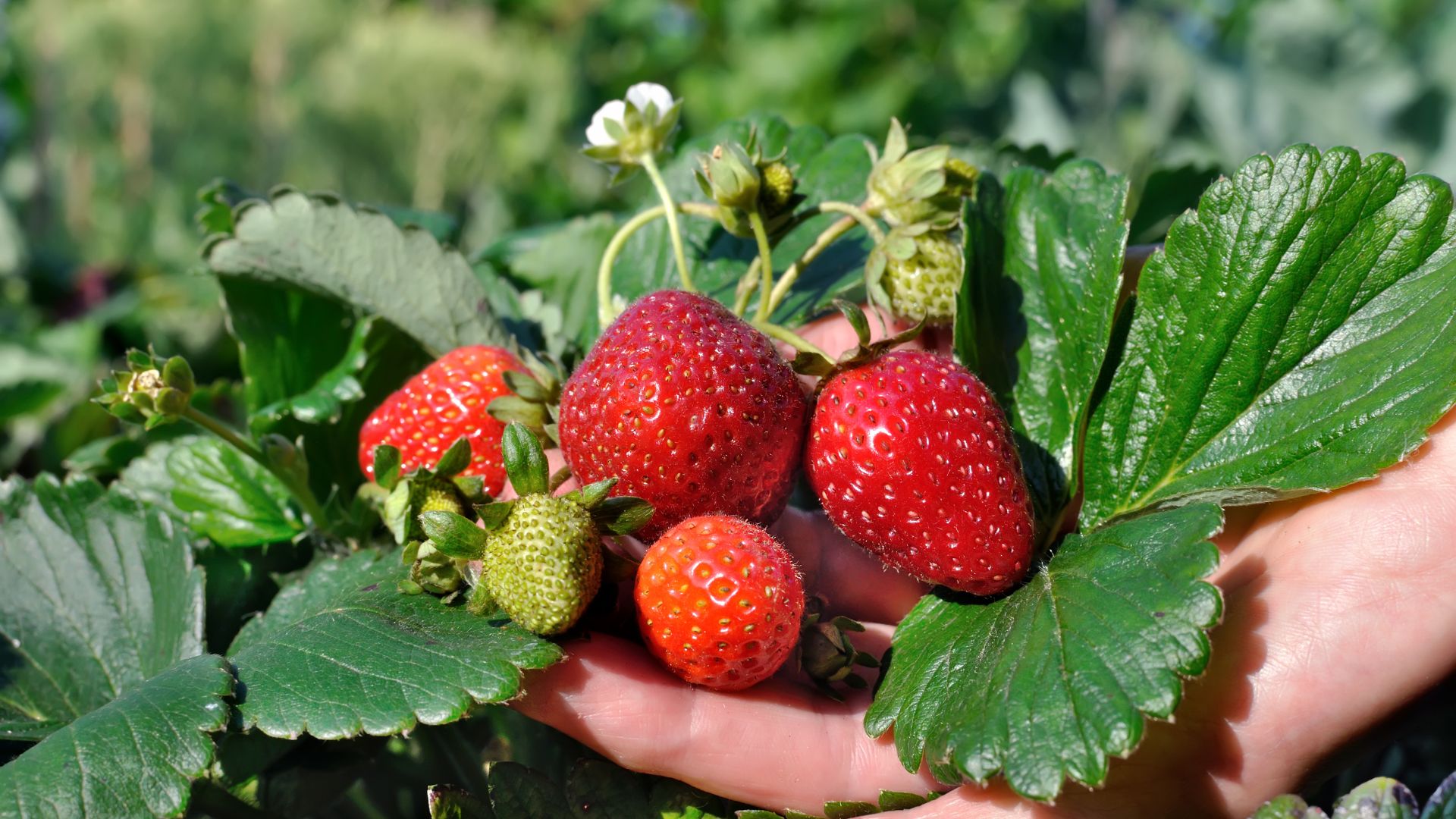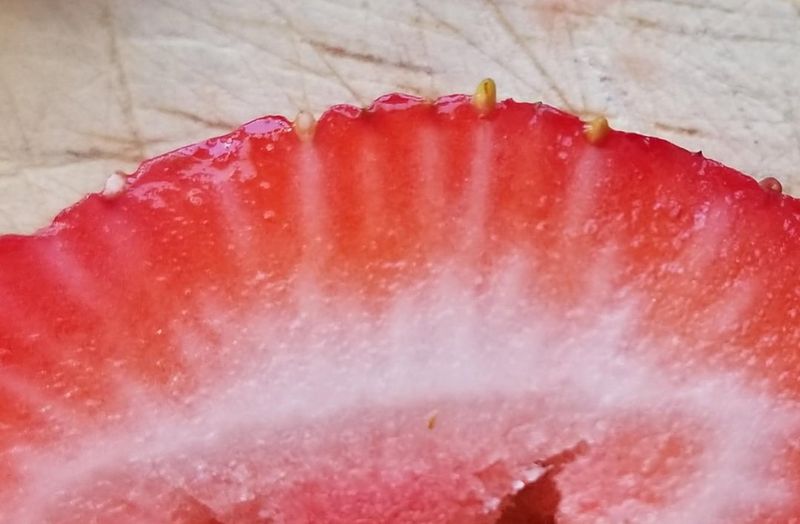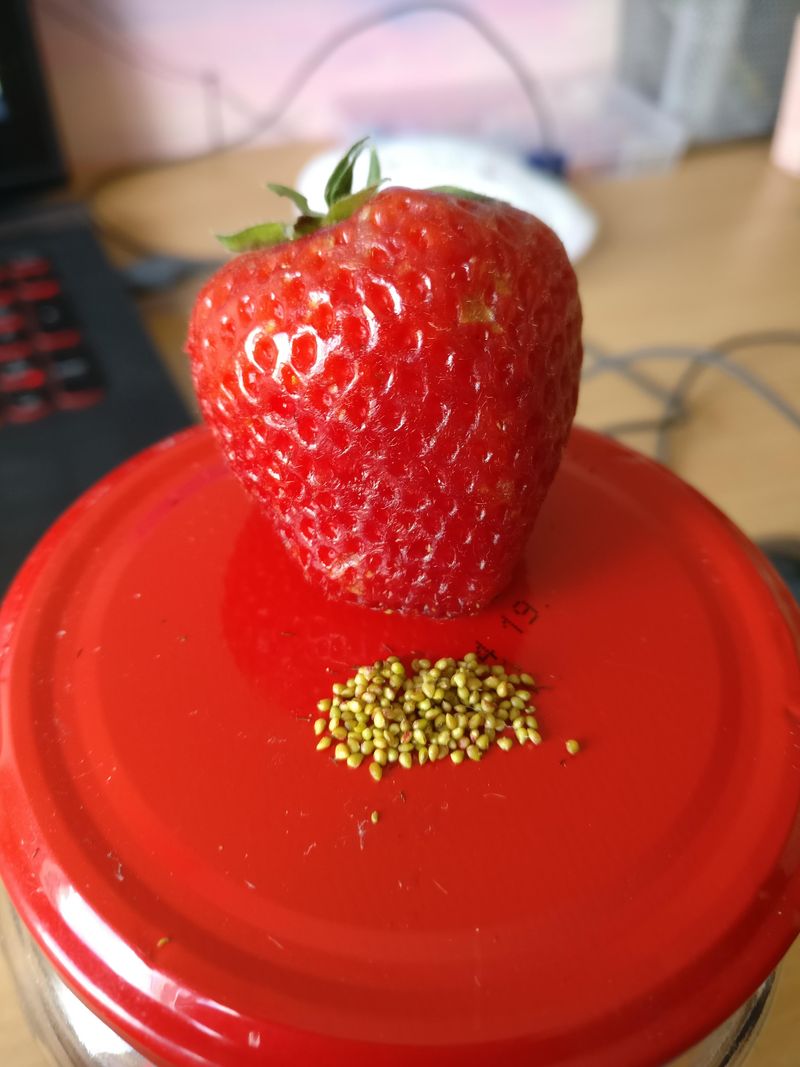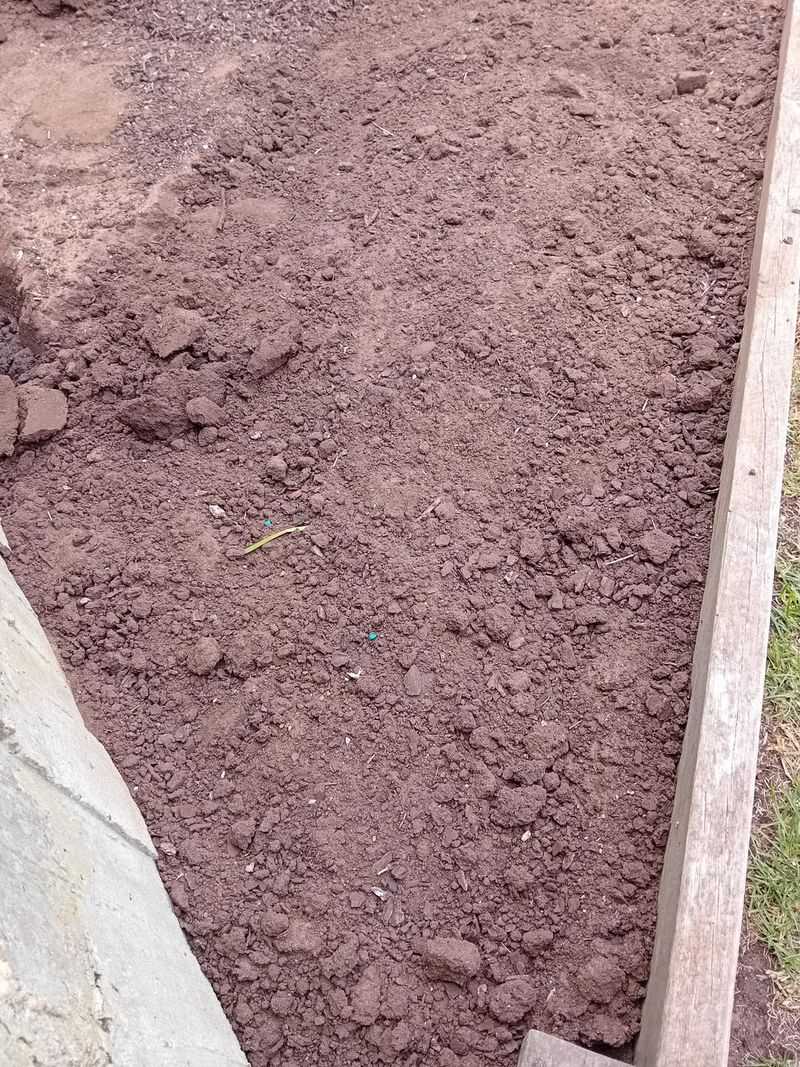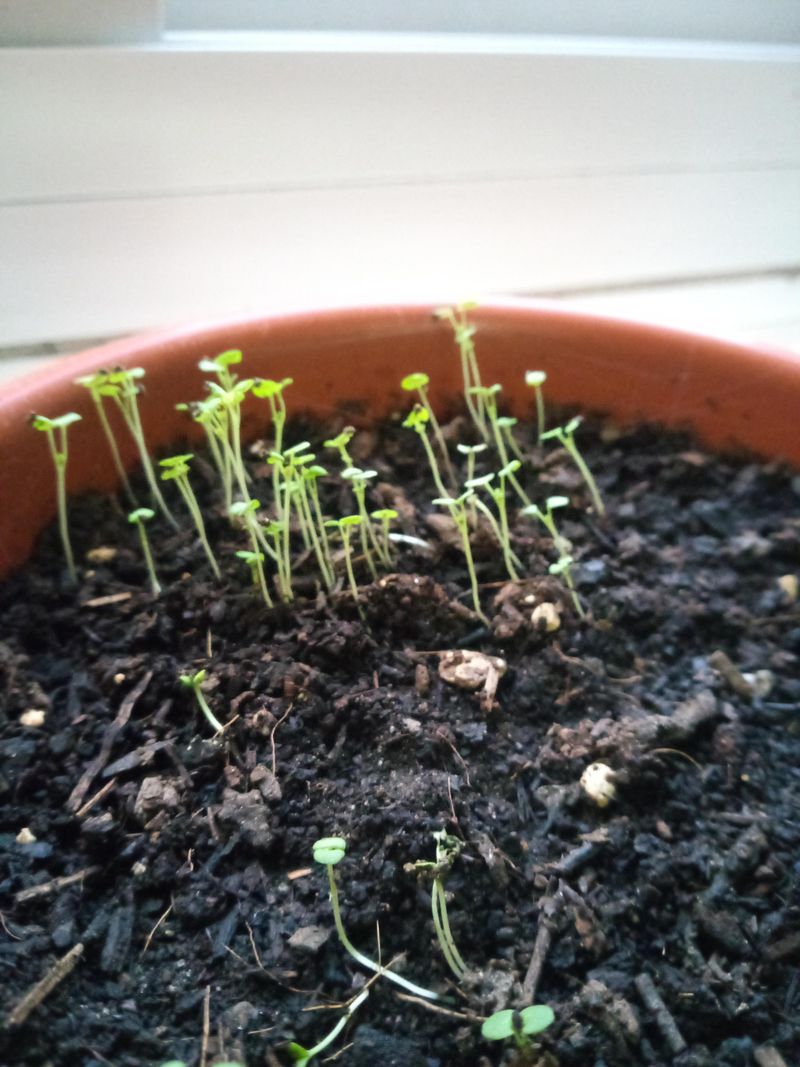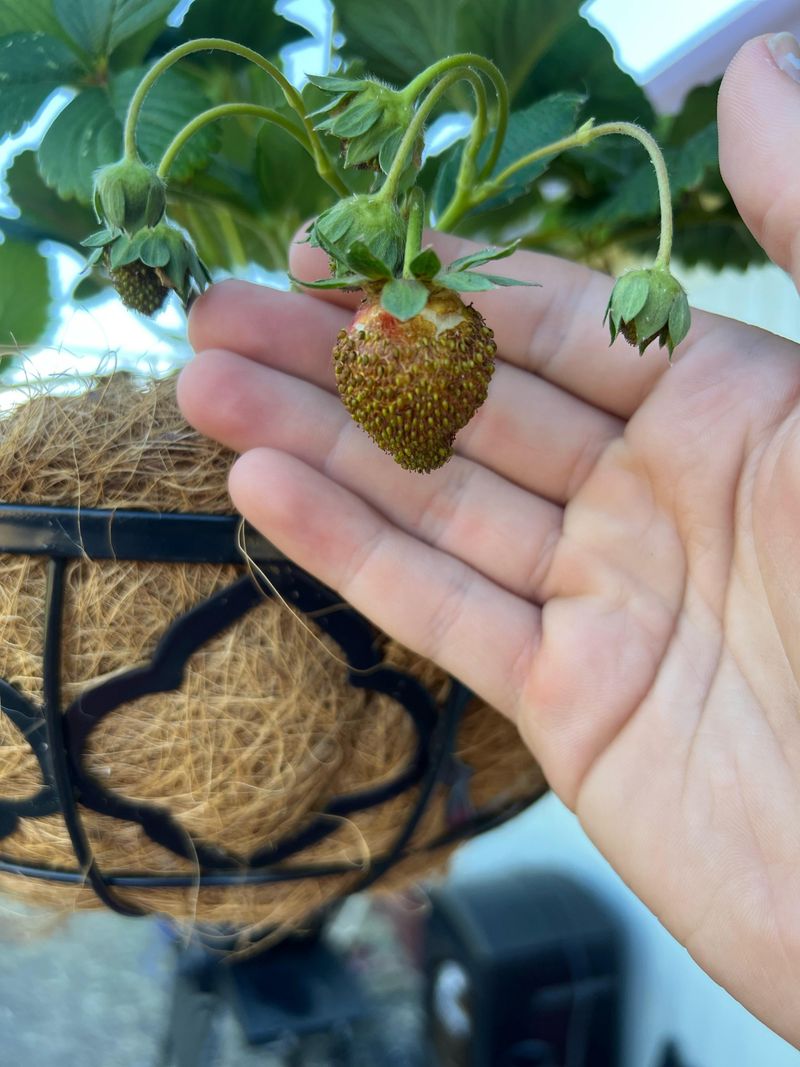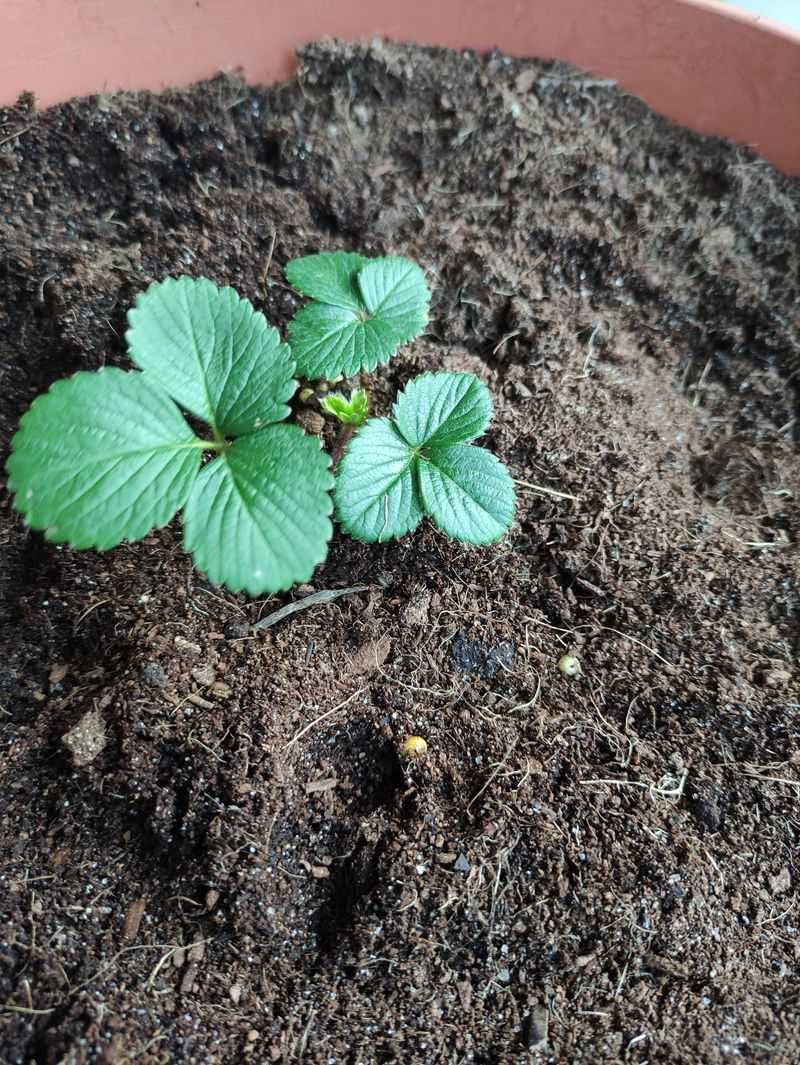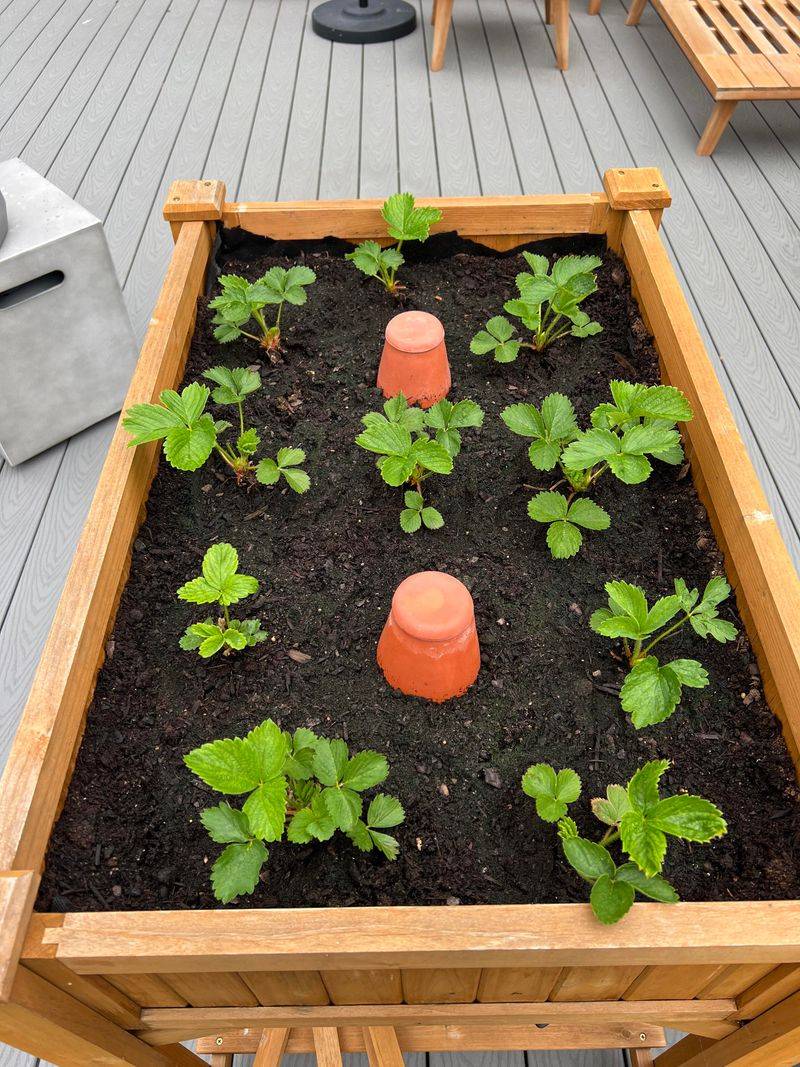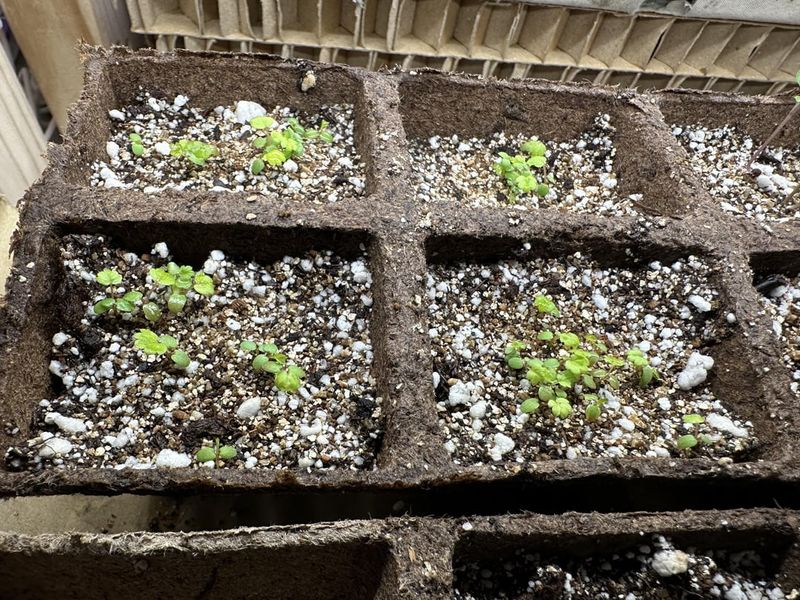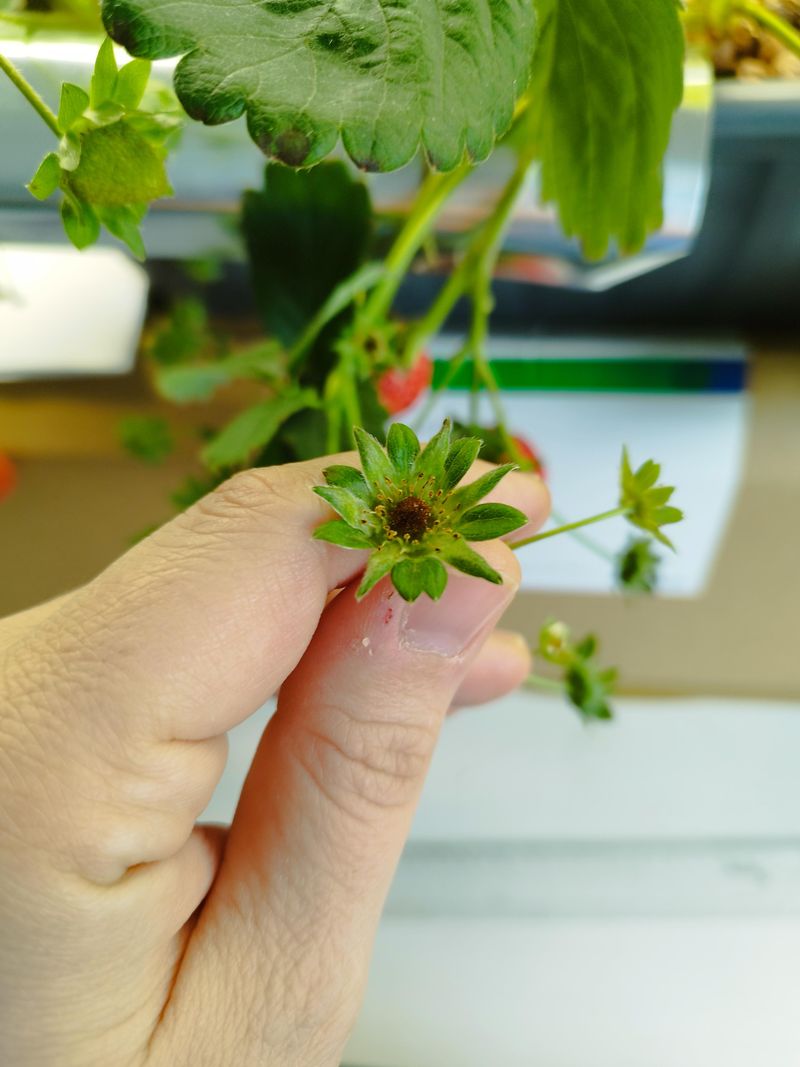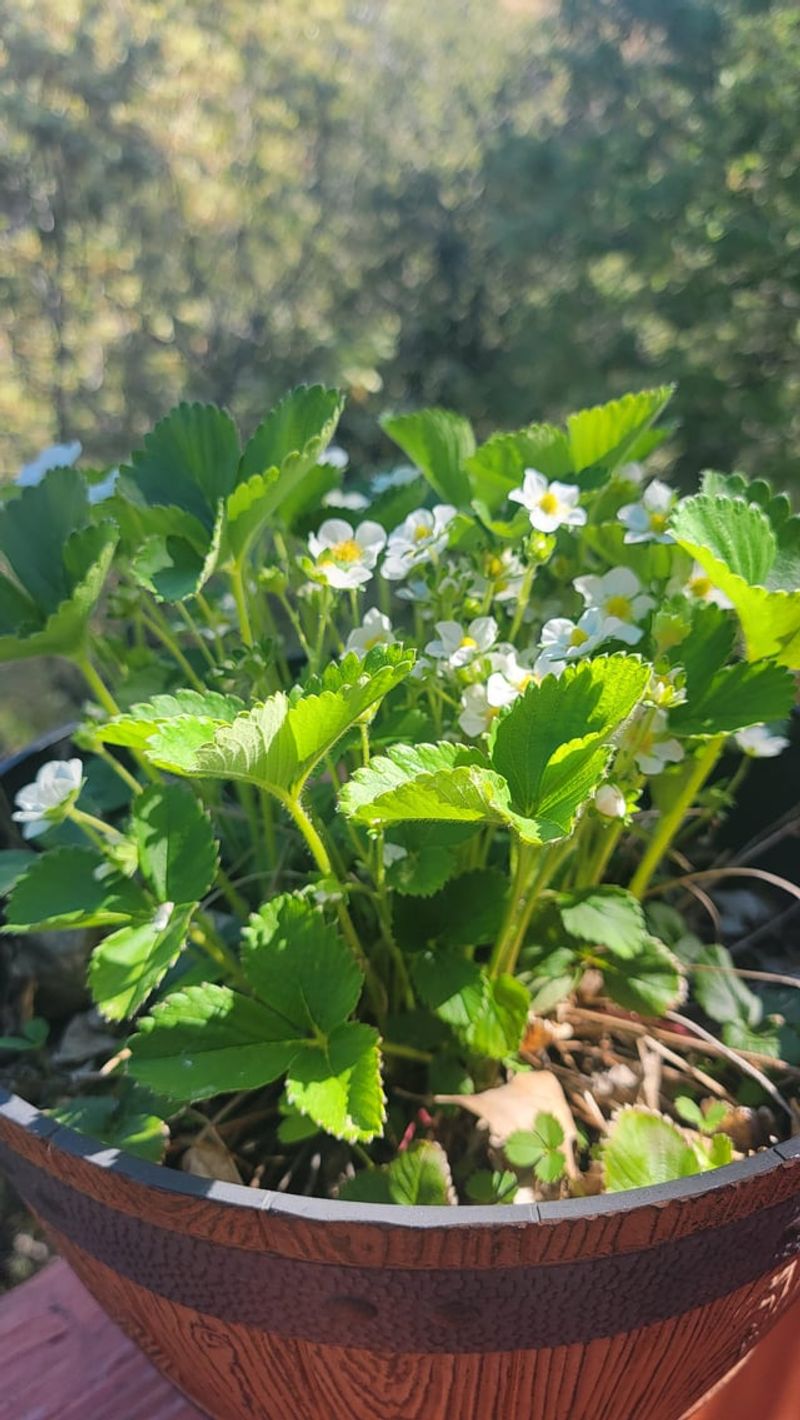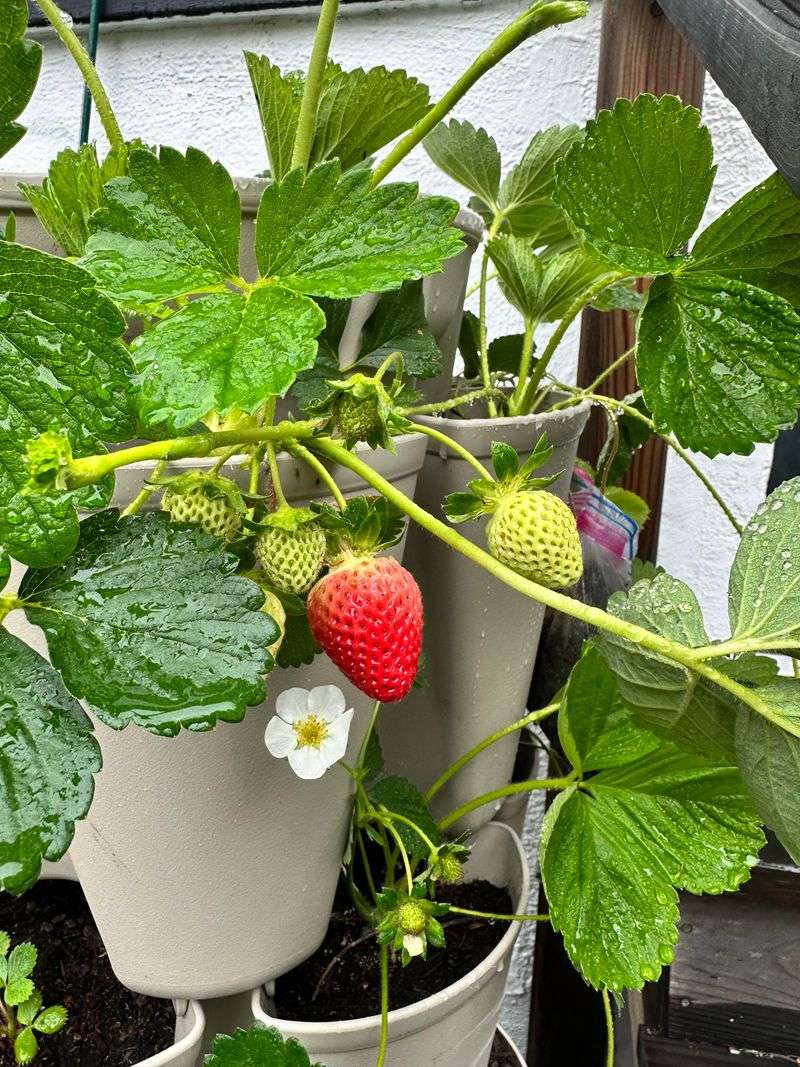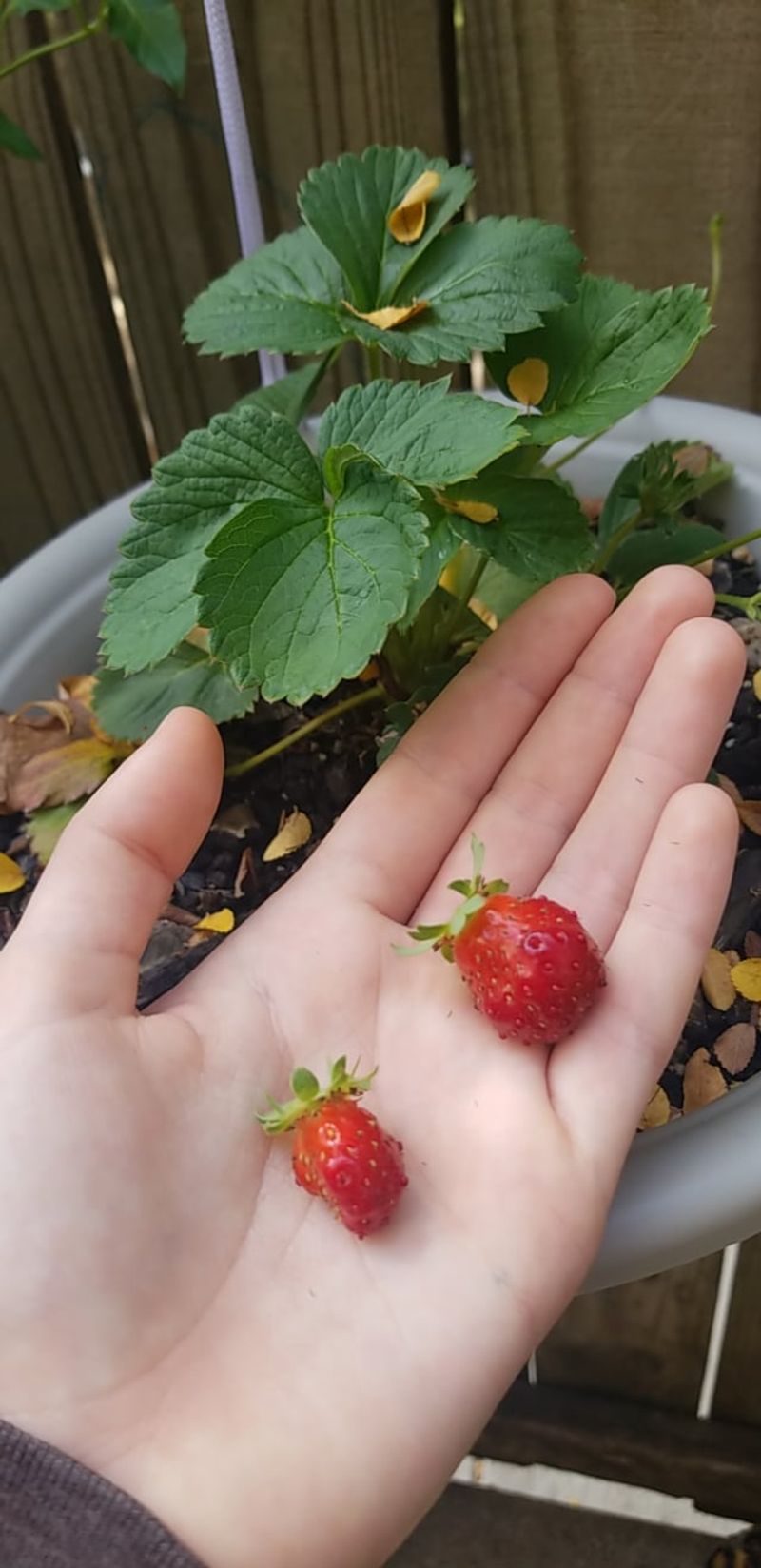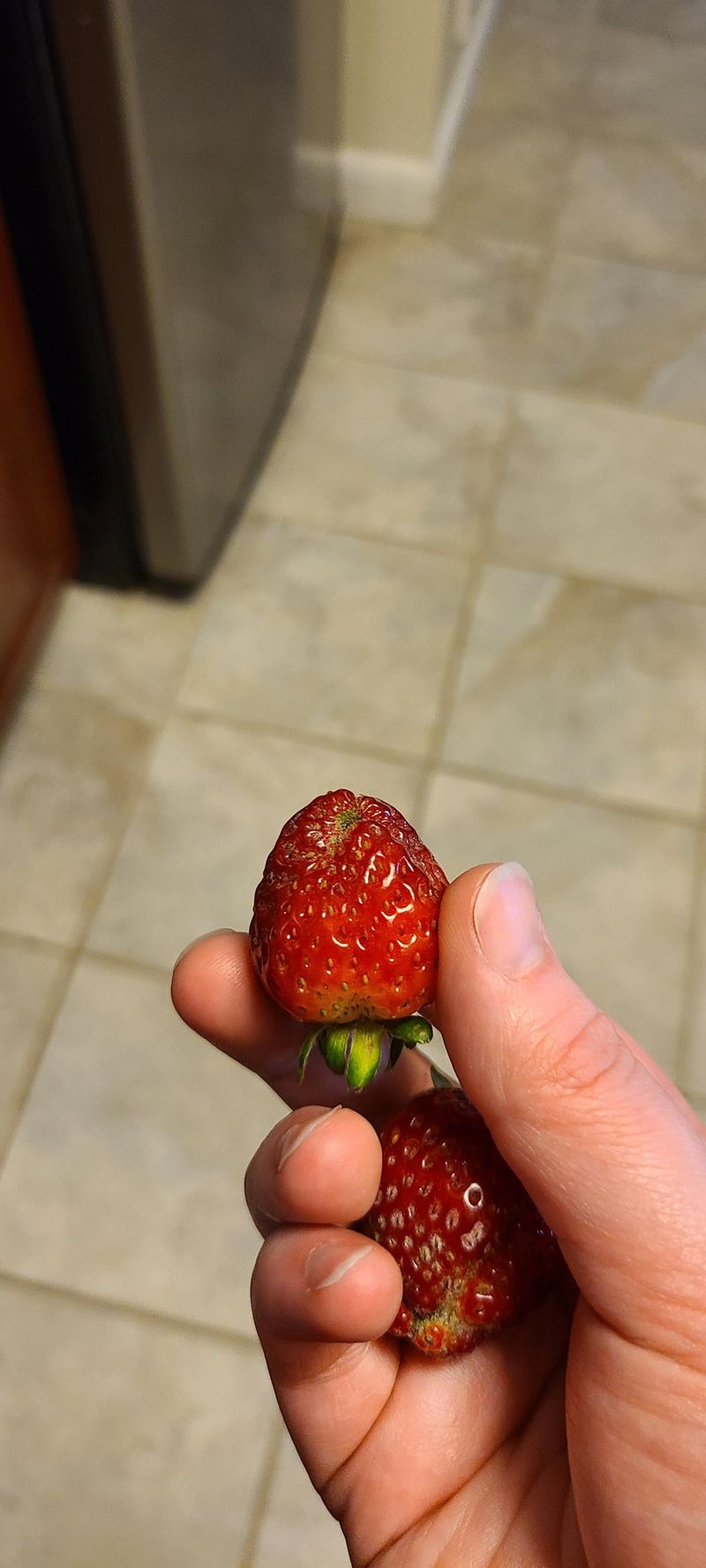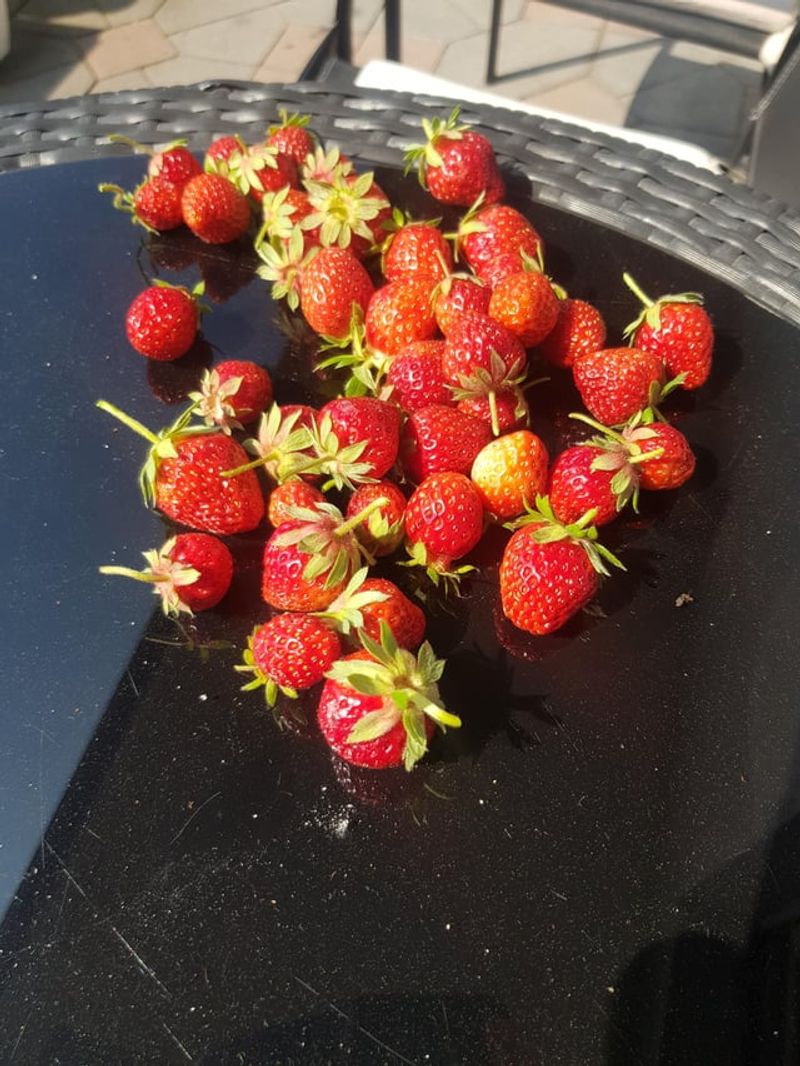Growing strawberries from just one fruit might sound a little wild—but trust me, it’s totally doable (and pretty fun too). I remember the first time I tried it, staring at that berry on my counter, wondering if it could actually become something more.
Spoiler: it did. And now I’ve got a little strawberry patch that started with that very fruit. If you’ve ever been curious about where your food comes from—or just want to try your hand at something surprisingly rewarding—this is a great place to start.
Whether you’ve got a full garden or just a few pots on the balcony, you don’t need a lot to make this work. Just a little patience, a bit of dirt, and maybe a sense of humor when things get messy. So, here are some super doable steps to grow strawberries from a single fruit.
1. Select A Ripe Strawberry
Choosing the right strawberry is crucial. Look for one that’s bright red and evenly colored. Avoid any with green or white patches as they’re not fully ripe.
A ripe strawberry will have a sweet smell and a slight give when you gently squeeze it. These traits indicate that the seeds are mature and ready for planting.
Don’t worry if it’s not the prettiest berry in the bunch; what’s inside counts more! Remember, a ripe strawberry will yield the best results for your growing journey.
2. Extract The Seeds
Once you have your berry, it’s time to harvest those tiny seeds. Carefully extract them using a toothpick or the edge of a knife.
Patience is key here, as you’ll need about 20 to 30 seeds. Spread them out on a paper towel to dry for a few days.
This step ensures they’re ready for planting and increases the chance of successful germination. It might seem tedious, but each seed holds the potential for a whole new plant.
3. Dry The Seeds
Drying your seeds is an essential step. Lay them on a paper towel and place it in a sunny, warm spot. The drying process takes about two to three days, and it’s crucial for preventing mold and rot.
Make sure the seeds are thoroughly dried before moving on. If you rush this step, you risk losing your future strawberry plants to moisture problems.
Patience pays off here, ensuring your seeds are ready for the next step in their journey.
4. Prepare Planting Soil
The right soil mix sets the foundation for healthy plant growth. Use a well-draining potting mix, ideally with sand and organic matter.
This creates a balance that supports water retention and drainage. If the soil is too dense, it could suffocate the seeds. A light, fluffy mix encourages strong root development.
Consider adding compost or a slow-release fertilizer to boost nutrients. Getting the soil right is like laying a solid groundwork for your strawberry patch.
5. Plant The Seeds
With seeds dried and soil prepared, it’s planting time. Gently press seeds into the soil surface, about a quarter-inch deep.
Space them evenly to avoid overcrowding as they grow. Cover with a light layer of soil and mist with water. This step is all about giving them a good start.
The right depth and spacing ensure they have room to spread out and access nutrients. Overcrowding can stunt growth, so give them space to thrive!
6. Water Carefully
Watering is an art in itself. Too much can drown seeds, while too little can dry them out.
Use a spray bottle or a watering can with a fine spout to gently moisten the soil. Keep it consistently damp but not waterlogged. Finding this balance is key to healthy growth.
If you notice the soil surface drying, it’s time for a gentle watering. This delicate balance will support the seed’s germination and root development.
7. Provide Adequate Sunlight
Sunlight is a vital ingredient in the recipe for growth. Place your pots in a sunny window where they can soak up six to eight hours of sunlight daily.
If natural light is limited, consider using grow lights to supplement. The right amount of light encourages photosynthesis and energy production.
Without enough sunlight, your seedlings may become leggy and weak. By ensuring they get ample light, you’re setting them up for strong, healthy growth.
8. Ensure Proper Air Circulation
Air circulation prevents mold and promotes healthy growth. Place a small fan nearby to keep the air moving, but don’t blast them with strong winds.
Good airflow helps seedlings develop sturdy stems and prevents the damp conditions that lead to rot.
It might seem like a minor detail, but overlooking air circulation can sabotage your efforts. Think of it as giving your plants a breath of fresh air, vital for their development.
9. Thin Seedlings
Thinning might sound harsh, but it’s necessary. Once seedlings sprout, thin them to one plant per section to prevent competition for resources. Use scissors to snip weaker seedlings at the base.
This step ensures the strongest plants have enough space to grow. It’s like selecting the best team players; with fewer plants, the remaining ones can thrive.
It’s a tough decision, but crucial for robust, healthy strawberry plants.
10. Transplant Seedlings
When seedlings outgrow their pots, it’s time to transplant. Choose a larger container or garden bed with rich soil. Carefully remove the seedling, preserving its root ball.
Replant at the same depth as it was growing before, and water thoroughly. Transplanting can be stressful for plants, so handle them gently.
This move gives plants room to grow big and strong, setting the stage for a productive strawberry patch.
11. Fertilize The Plants
Fertilizing provides the nutrients plants need to flourish. Use a balanced fertilizer or one specifically for strawberries.
Apply according to package instructions to avoid overfeeding. Fertilizing during the growing season boosts fruit production and plant health. Too much fertilizer can burn roots, so moderation is key.
Think of it as giving your plants a healthy diet—enough to sustain growth but not so much that it overwhelms them.
12. Mulch Around Plants
Mulching helps maintain soil moisture and suppress weeds. Use straw, shredded leaves, or wood chips around your plants.
This layer acts as a barrier against evaporation and keeps roots cool. It also reduces the need for frequent watering.
Mulch makes your garden look tidy and well-maintained while supporting your plants. It’s like giving them a cozy blanket to snuggle under, protecting them from harsh conditions.
13. Monitor For Pests
Pests can be sneaky, so keep an eye out. Regularly inspect your plants for signs of damage or insects. Aphids, slugs, and birds love strawberries as much as you do.
Use organic pest control methods, like neem oil or introducing beneficial insects. Catching problems early prevents them from getting out of hand.
It’s like being a plant detective; quick action can save your crop from becoming a pest’s feast.
14. Pollinate When Necessary
In some cases, hand pollination ensures fruit production. Use a small brush to gently transfer pollen between flowers.
This process mimics what bees do naturally. It’s particularly useful in greenhouses or if natural pollinators are scarce. Pollination leads to fruit set, and without it, you might end up with lots of flowers but no strawberries.
It’s a small effort that can lead to big rewards, ensuring you get delicious berries to enjoy.
15. Prune For Better Yield
Pruning helps redirect energy toward fruit production. Remove any dead or excess leaves to improve air circulation and light exposure.
This practice prevents disease and boosts yield. It’s like giving your plants a haircut, encouraging new growth and vitality.
Regular pruning keeps them healthy and focused on fruiting. It might feel counterintuitive to cut back, but it’s all part of nurturing a bountiful harvest.
16. Water Consistently
Consistency is key when it comes to watering. Strawberries need about an inch of water per week. Use a drip irrigation system or water at the base to avoid wetting leaves, which can lead to disease.
Maintaining even soil moisture prevents stress and supports steady growth.
It’s like keeping your plants on a reliable schedule, ensuring they have what they need to thrive. Consistent care leads to juicy, sweet strawberries.
17. Protect From Frost
Frost can be a sneaky destroyer. Cover your plants with frost cloth or mulch if the temperature drops. This protection prevents cold damage and preserves future fruit.
It’s like wrapping your plants in a warm blanket against the chill. In colder regions, consider growing in pots that can be moved indoors.
Keeping them safe from frost ensures they’re ready to burst with life once warm weather returns.
18. Rotate Crops
Crop rotation helps maintain soil health. Avoid planting strawberries in the same spot year after year. Rotate them with other crops to prevent soil depletion and disease buildup.
This practice mimics nature’s way of renewing itself. It’s like giving your garden a fresh start, promoting nutrient balance and pest control.
By rotating crops, you ensure your strawberries have a healthy, vibrant environment to grow in.
19. Harvest Carefully
Harvesting is the reward for your efforts. Pick strawberries when they’re fully red, and twist gently at the stem. Handle with care to avoid bruising.
Frequent harvesting encourages more fruit to develop. It’s like enjoying the fruits of your labor—literally. There’s something satisfying about picking a ripe berry you’ve grown yourself.
Savor the moment and the sweet, fresh taste of homegrown strawberries.
20. Proper Storage
Proper storage keeps your strawberries fresh and delicious. Store them in a cool, dry place and avoid washing until ready to eat to prevent mold.
If you have a large harvest, consider freezing or turning them into jam. Good storage practices ensure you can enjoy your strawberries long after picking.
It’s like preserving a little taste of summer for later. With proper care, your harvest will last and be just as delightful.
21. Save Seeds For Next Season
Saving seeds closes the loop on your growing journey. Collect seeds from the best berries, dry them, and store in a cool, dark place.
This practice ensures you’ll have a head start next season. It’s like keeping a little piece of your garden’s history.
By saving seeds, you’re preserving the traits of your best plants. This cycle of growth and renewal makes gardening a rewarding adventure, year after year.
22. Share Your Bounty
Sharing makes gardening a joy. Give some of your harvest to friends and neighbors. It’s a great way to spread the love and enjoy the fruits of your labor together.
Plus, sharing tips and experiences can enrich your gardening knowledge. It’s like building a community around the simple pleasure of growing.
Your bounty becomes a gift, bringing smiles and possibly inspiring others to start their own strawberry patch.
23. Reflect And Plan
Reflection is a powerful tool. After the growing season, take time to think about what worked and what didn’t. Jot down notes for next year, considering changes or new methods to try.
It’s all part of improving and enjoying your gardening journey. This step is like a personal debrief, helping you grow as a gardener.
Planning ahead sets the stage for even more successful strawberry seasons in the future.

